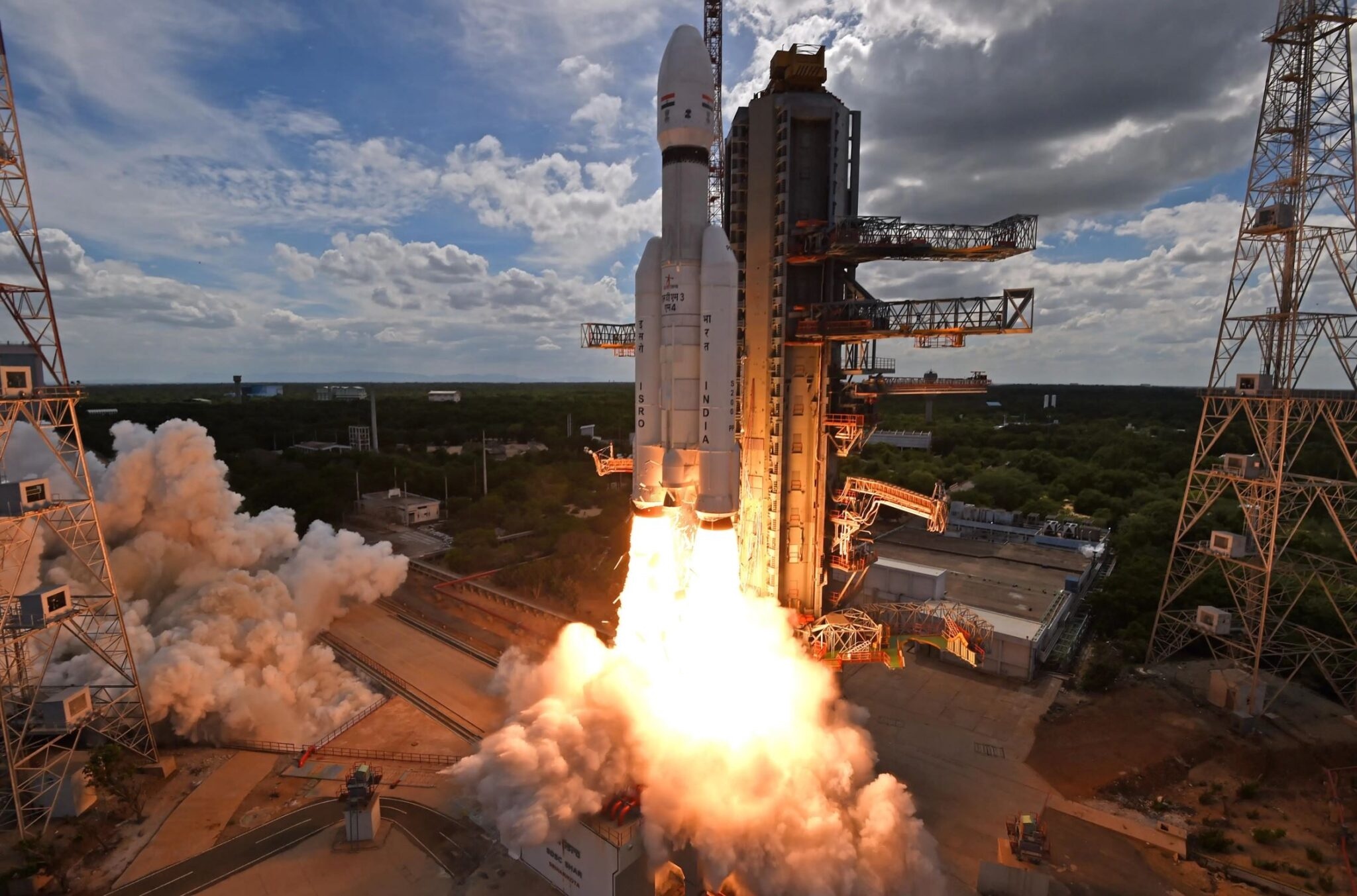19.10.2023

An LVM-3 rocket carrying the Chandrayaan-3 spacecraft lifts off from Satish Dhawan Space Centre on July 14, 2023. Credit: ISRO
NEW DELHI, India — India will aim to put astronauts on the moon by 2040 and construct a space station in the middle of the next decade, the government said Tuesday.
The announcement follows a high-level meeting chaired by India Prime Minister Narendra Modi to assess progress of India’s Gaganyaan human spaceflight mission.
“Prime Minister directed that India should now aim for new and ambitious goals, including setting up ‘Bharatiya Antariksha Station’ (Indian Space Station) by 2035 and sending first Indian to the moon by 2040,” the government said in a statement.
The statement comes as India works towards developing independent human spaceflight capabilities and a first crewed flight in 2025.
NASA meanwhile is currently targeting December 2025 for launching a crewed landing mission to the lunar south pole as part of its Artemis program. China has announced its goal of landing two astronauts on the moon before 2030.
The Indian Space Research Organisation (ISRO) is currently preparing for its uncrewed Flight Test Vehicle Abort Mission-1 (TV-D1). The short duration flight is set to launch from Satish Dhawan Space Centre on the morning of Oct. 21, India Standard Time, or late Eastern Oct. 20.
The mission will test the Crew Escape System. This will fire to separate the crew module from a single stage test vehicle. The crew module will have a parachute-assisted descent to the sea around 10 kilometers off the coast of Sriharikota.
The moon statement also follows Indian successes with the Chandrayan-3 moon landing and launch of the Aditya L1 solar observatory. The statement additionally outlines a number of future plans for Indian space exploration endeavors beyond the moon.
“The Department of Space will develop a roadmap for moon exploration. This will encompass a series of Chandrayaan missions, the development of a Next Generation Launch Vehicle (NGLV), construction of a new launch pad, setting up human-centric Laboratories and associated technologies.”
The Prime Minister also called for work towards interplanetary missions including a Venus orbiter and a Mars lander.
India sent its first interplanetary mission, the Mars Orbiter Mission (MOM), to the Red Planet in 2013. It entered Mars orbit in September 2014 and operated for almost eight years. India this year also introduced reforms aimed at increasing private involvement in the space sector and attracting global capital.
Quelle: SN

